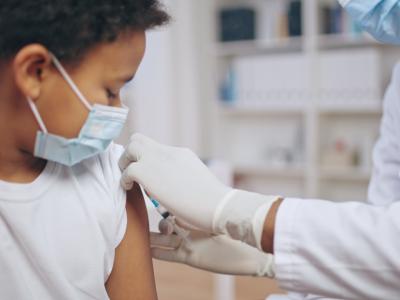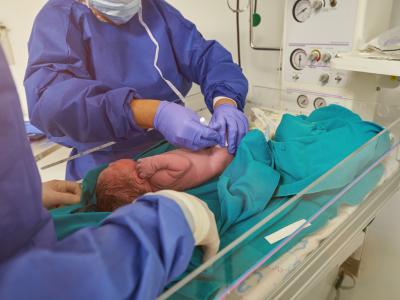Antibiotic spectrum index could boost antibiotic stewardship in NICUs
Use of an antibiotic spectrum index (ASI) helped identify patterns of empiric antibiotic prescribing at three neonatal intensive care units (NICUs) and could help guide stewardship efforts, US researchers reported today in Infection Control & Hospital Epidemiology.
Using antibiotic data from the pharmacy systems of three academic level 4 NICUs, the researchers collected the ASI per antibiotic days and the days of therapy (DOT) per patient days for all very-low-birthweight (VLBW) infants, who are at high-risk of exposure to broad-spectrum antibiotics because they require prolonged hospitalization and are at high risk of infection. The ASI was developed to compare antibiotic selection patterns by the spectrum of antimicrobial action and capture important differences in prescribing patterns.
While DOT quantifies the duration of antibiotic treatment, the study authors note that it treats all antibiotic exposure equally, regardless of the spectrum of the antibiotic. Understanding the spectrum of antibiotics being used in NICUs is important because use of broad-spectrum drugs may do more damage to infant microbiomes, and can increase the risk of invasive fungal infections.
Demographics were similar for the 734 VLBW infants included in the analysis, which found that the NICU with the highest DOT per patient days had the lowest ASI per antibiotic days and the site with the highest mortality and infection rates had the highest ASI per antibiotic days. Antibiotic utilization varied by NICU, particularly for choice of broad-spectrum coverage, although the organisms causing infection (coagulase-negative Staphylococci, Escherichia coli, and methicillin-sensitive Staphylococcus aureus) were similar—a find the authors say suggests patterns of antibiotic usage are driven largely by local empiric antibiotic prescribing practices, rather than identified organisms.
"This study provides evidence for the utility of the ASI in comparisons of similar NICUs with different practices and can guide stewardship initiatives to reduce the use of broad-spectrum antibiotics," the authors write.
Nov 23 Infect Control Hosp Epidemiol abstract
Avian flu strikes more poultry in 4 European countries
Four European countries reported more avian flu outbreaks in poultry, with tests so far mostly confirming the H5N1 strain, part of ongoing brisk activity on the continent, according to updates from the World Organisation for Animal Health (OIE) and UK officials.
Russia reported four H5 outbreaks on poultry farms, three in Bashkortostan republic and one in neighboring Tartarstan republic, both in the country's southwest. The outbreaks began on Nov 17, and, taken together, the virus killed nearly 8,500 of 143,000 susceptible birds.
Meanwhile, Slovakia and Hungary reported H5N1 outbreaks. Slovakia's outbreak began on Nov 19 in backyard poultry in Trnava region in the west, killing all 14 birds at the location. Hungary reported an outbreak at a duck farm that began on Nov 20, when routine testing before transfer to a slaughterhouse detected the virus. All 17,500 susceptible birds were culled.
Elsewhere, the United Kingdom reported two more H5N1 outbreaks, both in North Yorkshire, according to the Department for Environment, Food, and Rural Affairs (DEFRA). Tests are under way to determine the pathogenicity.
Nov 23 OIE report on H5 in Russia
Nov 23 OIE report on H5N1 in Slovakia
Nov 22 OIE report on H5N1 in Hungary
Nov 22 DEFRA update














